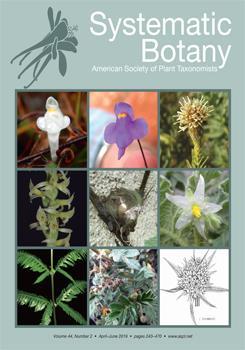Dioecious reproduction, in which unisexual flowers are developed in separate individuals, is an uncommon characteristic that has evolved multiple times independently in angiosperms. Nearly all species in the neotropical genus Clusia are dioecious and most of them are incompletely known because only one sexual morph, either the staminate or the pistillate individual, has been described. Here we explored the variability in chloroplast regions atpF intron, matK, ndhA intron, petL-psbE, rpl16 intron, as well as the nrDNA ITS to evaluate conspecificity between staminate and pistillate individuals within the genus Clusia. Our results indicate that phylogenetic analyses using maximum likelihood and Bayesian inference based on nrDNA ITS data is a suitable approach to assess whether sexual morphs are conspecifics and to estimate species phylogenetic position within the genus. Staminate and pistillate individuals were effectively identified for Clusia araracuarae, C. lundellii, C. stenophylla, and C. uvitana. Distribution maps as well as full morphological descriptions for these species are provided along with comments on their phylogenetic relationships.
How to translate text using browser tools
6 August 2019
Playing the Taxonomic Cupid: Matching Pistillate and Staminate Conspecifics in Dioecious Clusia (Clusiaceae)
Manuel Luján
ACCESS THE FULL ARTICLE

Systematic Botany
Vol. 44 • No. 3
August 2019
Vol. 44 • No. 3
August 2019
Dioecy
Neotropics
nrDNA ITS
phylogenetics
taxonomy




